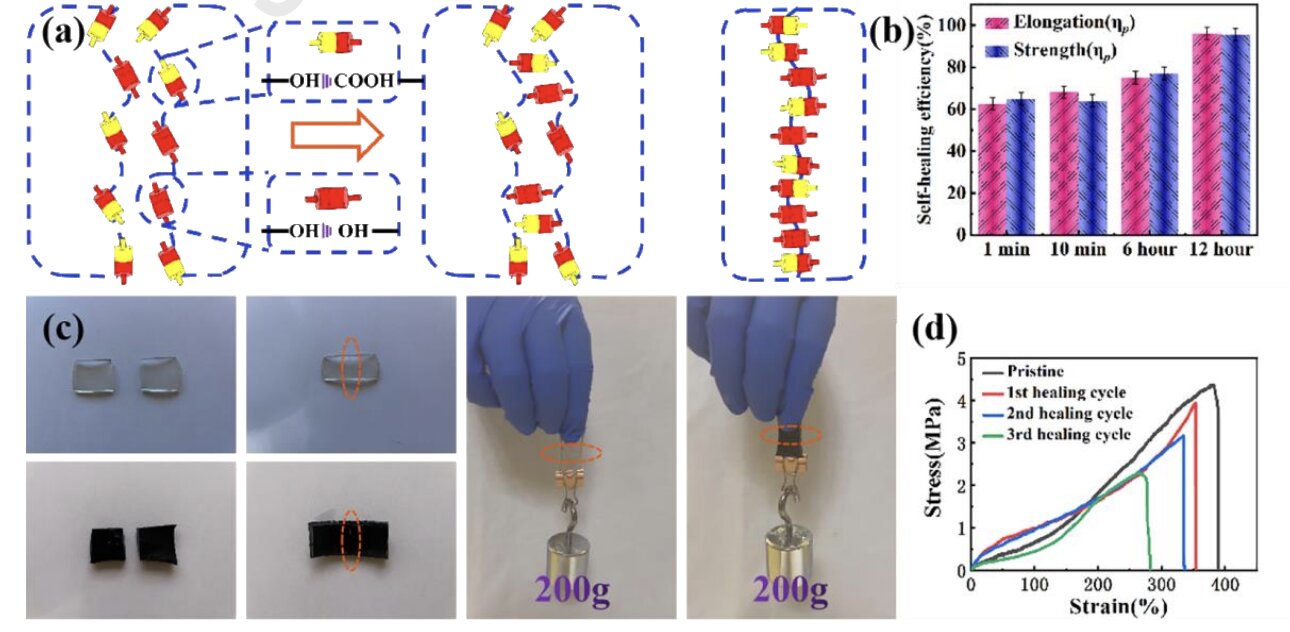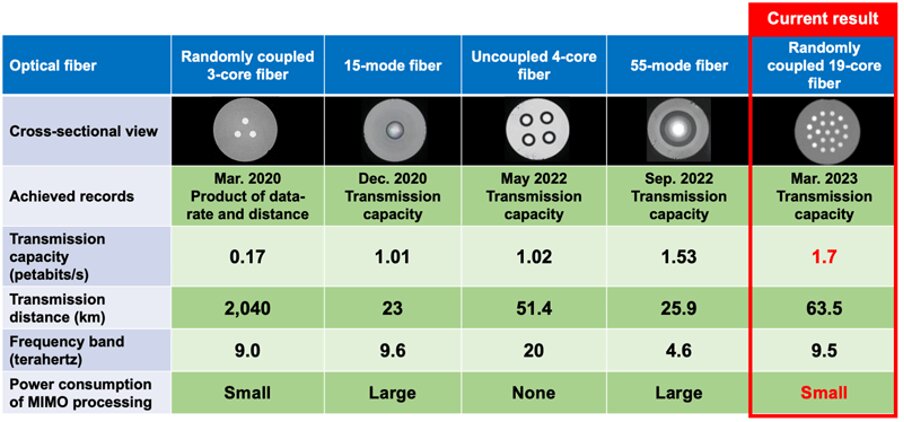
Scientists have identified a method for improving the thermal conductivity of thin metal films in semiconductors using surface waves for the first time in the world.
The demand to shrink the size of semiconductors coupled with the problem of the heat generated at the hot spots of the devices not being effectively dispersed has negatively affected the reliability and durability of modern devices. Existing thermal management technologies have not been up to the task...
Read More








Recent Comments